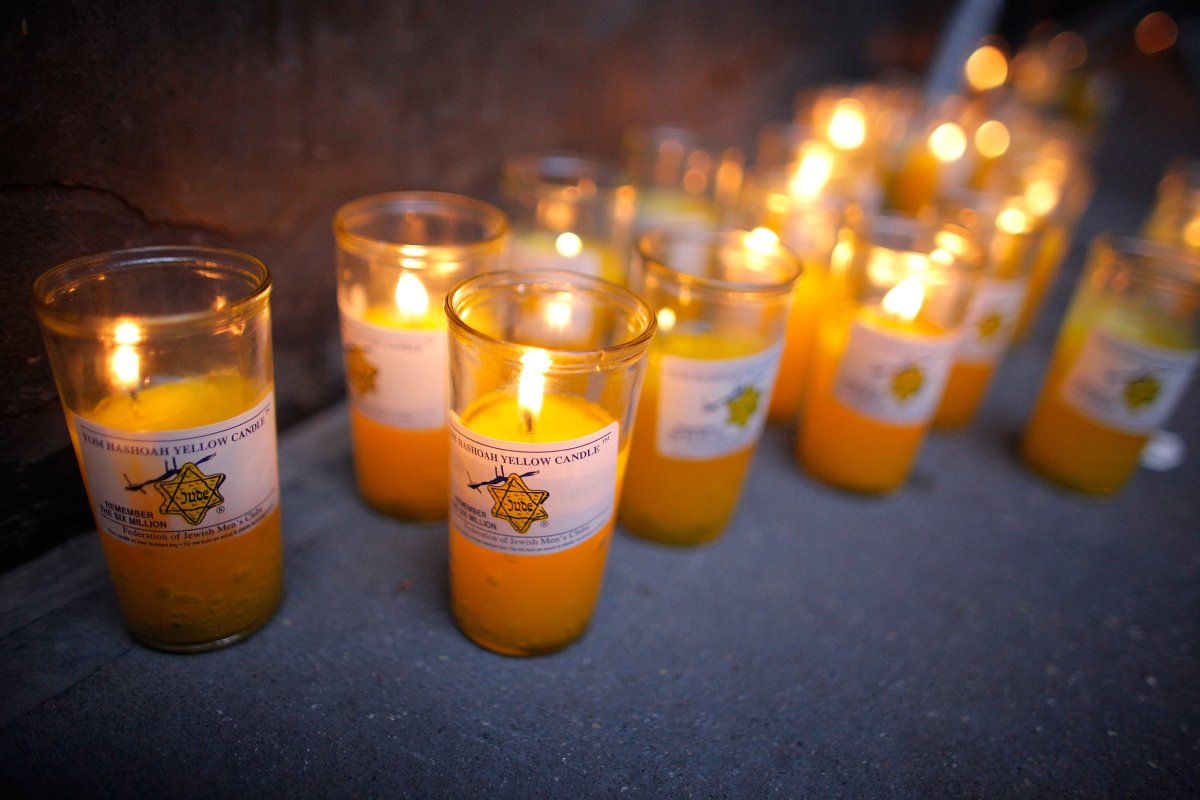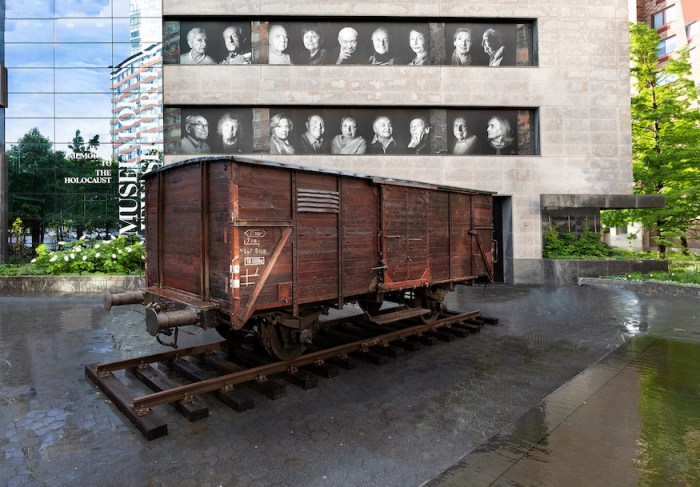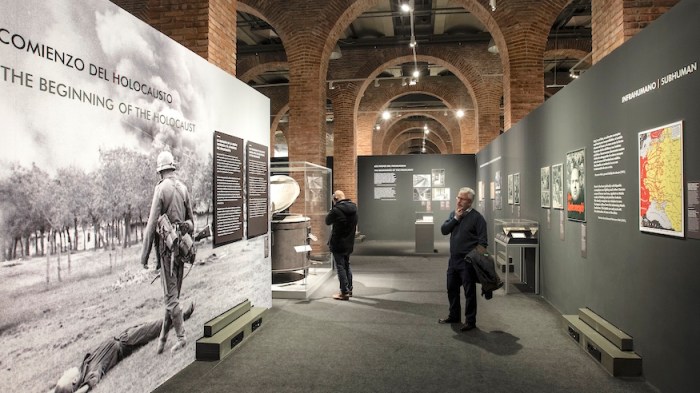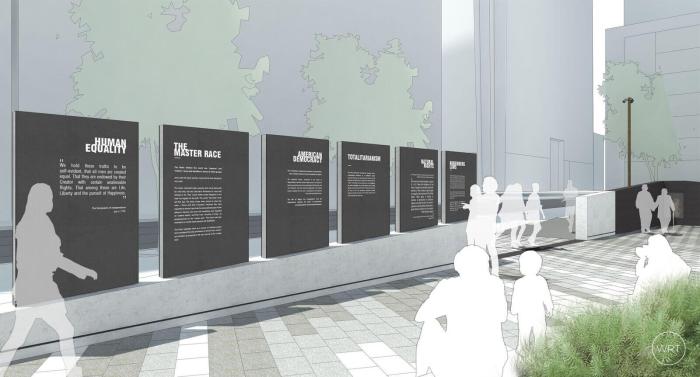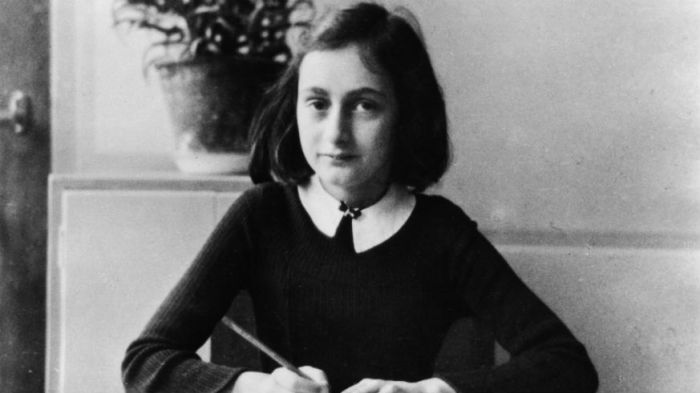On March 8, 1938 in Vienna, Lore Segal turned 10 years old. It was four days before Nazi soldiers took over Austria, annexing the nation for Hitler’s Third Reich, and about nine months before she would be sent to England as part of Kindertransport, a rescue effort in which the United Kingdom took in predominantly Jewish children before the outbreak of World War II.
Eighty years later in New York City, Segal remembers it all vividly. But she’s now 90, and she knows that she won’t be able to share her story in person much longer.
As Holocaust survivors get older and older, International Holocaust Remembrance Day, observed on Jan. 27, becomes an even more important opportunity to keep their stories alive.
“We’re the generation on the way out,” Segal said. “So we had better talk to you and tell you about it.”

Luckily, Segal’s story will live on through her book, Other People’s Houses, which was serialized in The New Yorker between 1961 and 1964 before it was published as an autobiographical novel.
“There’s a yearn to say, ‘This is what it was like, please understand this,’” she said of why she wrote it.
“When I came to Liverpool … everybody was asking me about what it was like [to live under Hitler],” she said. “They were not understanding what was going on and what it was like to live under these circumstances, to go out on the street and not be sure that you were going to get back home because if they recognized you as a Jew they might take you to the police station and then to the camps, or if there was a knock at the door they might have come for the man or they might have come for your apartment, and it was legal.”
There are about 40,000 Holocaust survivors in New York City and Long Island, according to Selfhelp Community Services Inc., a nonprofit that cares for older adults with a specific Holocaust Survivor program.
For those who haven’t written their own books, Selfhelp also assists with Holocaust remembrance, with an emphasis on education of future generations. Selfhelp runs a Witness Theater Program, for which it pairs high school students with Holocaust survivors and a trained drama therapist. The survivors share their life story, and the program ends with a public performance.
Selfhelp just completed a documentary on the Witness Theater Program, said Sandy Myers, vice president for external affairs and communication, and is now in the process of getting a study guide to educators so they can use that film to teach their students about the importance of Holocaust remembrance.
“What we like to say is that when you educate the next generation, it’s the best way to ensure that ‘never again’ remains true,” said Myers. “To teach the Holocaust is so important now that this is really the last generation of survivors that we are lucky enough to learn from directly.”
The importance of Holocaust Remembrance Day in New York City
Recently, Selfhelp also testified in support of a New York City Council resolution to make Jan. 27 not just International Holocaust Remembrance Day, but New York City Holocaust Remembrance Day, with an accompanying week of education around the Holocaust.
Out of the estimated 40,000 Holocaust survivors in New York City and Long Island, Selfhelp serves about 4,500 annually. Many may not actually be aware that they do count as “survivors,” said Myers, even if they didn’t experience a concentration camp.
“A big initiative we’ve been working on for past three years is about outreach,” she said. “Helping people understand, even children of survivors understand, that their parents experience or their own experiences may still make them eligible for services,” like subsidized home care, meetings with social workers concerning their trauma and more.
And unfortunately, these survivors may be in desperate need of such services. Selfhelp estimates that more than 50 percent of the 40,000 local Holocaust survivors are living at or below the poverty line because they were robbed of years where they could work and save. Some services, like homecare, are largely subsidized by the German government.

The Wall of Remembrance in Dag Hammarskjold Plaza near the United Nations in New York City. Getty Images
Gisele, another survivor who now lives in New York, has been lucky to make “a nice living,” she said. Still, Selfhelp worked to get her restitution payments from the German government that she was owed under a surviving child law.
Gisele’s parents were Polish Jews living in Antwerp, Belgium, before they fled from the Nazis in 1941. Now 77, Gisele was born when her parents were hiding in France in 1942, and she remembers when the war ended and her family went back to Antwerp to find “nothing left.”
Though the war was over, her hardship didn’t end there. After Gisele’s family came to America in 1950, she and her brother briefly had to stay in a Hebrew infant home in the Bronx when her mother was institutionalized for mental problems stemming, Gisele said, from what she went through both in World War I and World War II.
To Gisele, the importance of International Holocaust Remembrance Day and sharing her story is to ensure that this never happens again.
“At our age, people are dying out, the ones that can tell the stories. We have to write down the stories for the next generation,” she said. “In the Jewish religion we have something called memorial: We remember. We remember our parents every anniversary and we should remember these people that were killed. Some of them don’t have anybody to remember for them, so we have them in our thoughts, those six million people.”

